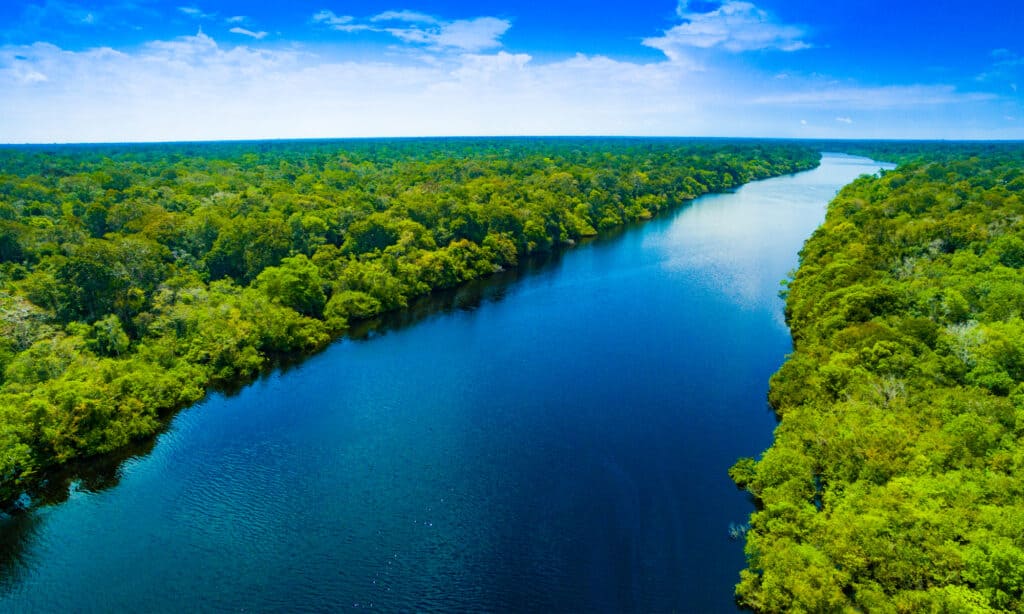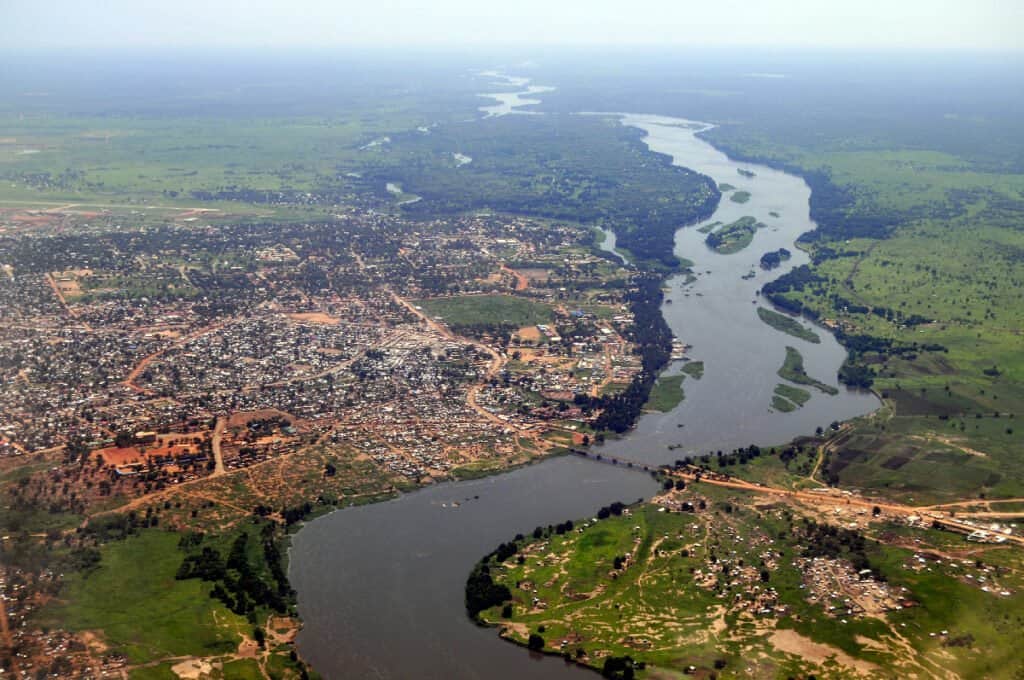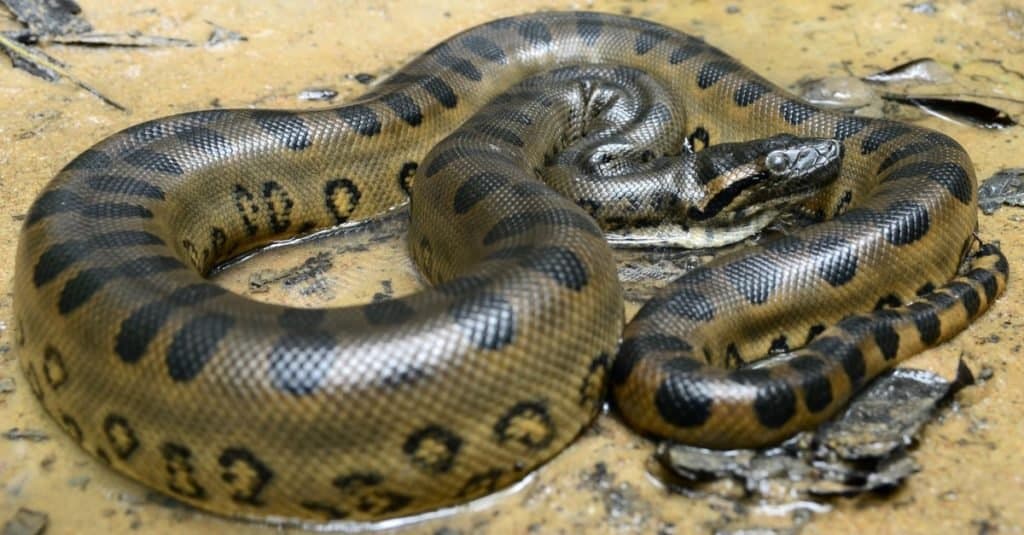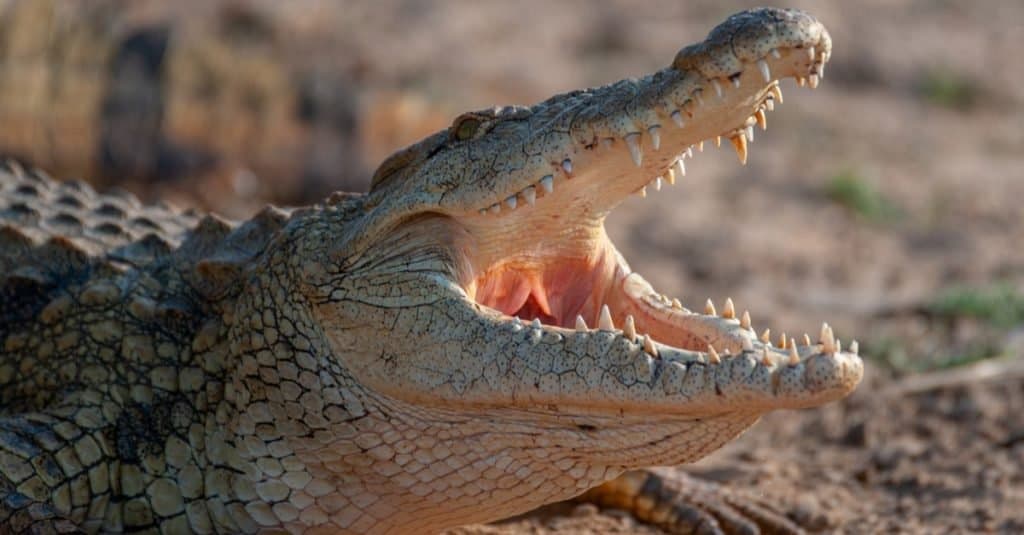Competition between the Amazon River and the Nile River has always existed. Many scholars and experts have debated which river is longer for centuries. However, the competition of which river is more dangerous is another topic that people have aimed to dissect. Find out which of the two rivers is more threatening.
Background of the Amazon River
The Amazon River is the most prominent river on the South American continent. It stretches a whopping 4,345 miles long, and its length reaches farther than the width of the Atlantic Ocean. However, the length of the Amazon River has long been debated. Some believe the river is longer than the Nile, while others refute this claim. For instance, the National Geographic Society claimed that the Amazon River began in Peru at Carruhasanta Creek in 1971. On the other hand, Polish explorers during 1983 maintained that its source was at Apacheta Creek, which was confirmed in 2007 by the National Institute for Space Research in Brazil. Either way, the Amazon River remains expansive and notable despite disputes concerning its source and length.
The Amazon River begins in the Andes Mountains and pours out into the Atlantic Ocean. The Amazon River mainly flows through Brazil. This expansive river carries approximately 20% of the water that flows off the surface of the earth. In fact, the mouth of the Amazon River puts out 10 times the amount of water into the Atlantic than flows into the Gulf of Mexico from the Mississippi River.
The Amazon Basin’s area measures 2.7 million square miles and touches parts of South American countries like Peru, Brazil, Ecuador, Colombia, Venezuela, and Bolivia. Most of the Amazon Basin is concealed by a thick rainforest, which is rich in biodiversity. Unfortunately, the basin’s rainforest is threatened by deforestation and urbanization, as people have begun to settle in the area.
The Amazon area was discovered by Francisco de Orellana from Spain. He named the river “Amazon” after his encounter with Amazonian women, who were warriors that fought against his arrival and lived close to the river. Although, some believe that the Amazon was named by indigenous tribes after the native word “Amassona,” meaning “boat destroyer.” Furthermore, certain groups that live near the Amazon River call it a different name. Peruvians call some portions of the Amazon “Marañón,” while Brazilians might call other portions “Solimões.” Nevertheless, the vastness of the Amazon River allows for a host of names to follow its prominence.

The Amazon River stretches 4,345 miles long, and its length reaches farther than the width of the Atlantic Ocean.
©worldclassphoto/Shutterstock.com
Background of the Nile River
The Nile River is 4,132 miles long with a river basin that covers approximately 1.29 million square miles or 10% of the continent of Africa. The basin is divided into seven main regions, and it lies in countries like Tanzania, Uganda, and Rwanda, to name a few. The main streams that combine to create the Nile River are the Blue Nile, the Atbara, and the White Nile. The word Nile comes from the Greek word “Neilos,” which translates to “river valley.”
Ancient Egyptians referred to the Nile River as “Ar” and “Aur,” meaning “black.” Egyptians called the river “black” because it picked up black-colored sedimentation during flood season. Living along the Nile River, ancient groups learned how to plow and farm the land. Easily available water from the Nile River and fertile riverbanks made agriculture popular in the region. Besides agriculture, though, the Nile River is used for transportation of people and goods.
Precipitation varies across the Nile River region. For instance, northern areas within the Nile Basin will receive less rainfall than southern portions during the winter months. As a result, plant species differ according to the region. Around the Nile River, habitats like tropical rainforests, grasslands, and savannas can be found.
The Nile River is rich in animal biodiversity and especially rich in diverse fish species. For example, a person might encounter catfish, tigerfish, and elephant-snout fish in the Nile. Most frighteningly, though, is the Nile crocodile. The Nile crocodile resides throughout most of the river’s area, but it has yet to venture to the lakes within the upper portion of the basin.

The Nile River is 4,132 miles long with a river basin that covers approximately 10% of the continent of Africa.
©iStock.com/Phototreat
Amazon River Dangers
From reptiles to fish, the Amazon River’s diversity of animal species is impressive and, sometimes, deadly. While the green anaconda isn’t poisonous, it sure is formidable. It measures around 30 feet in length and can weigh over 500 pounds, making it the biggest snake on Earth. To kill prey, the green anaconda will wrap itself around an animal until it stops breathing. Then, the snake can swallow the animal in one gulp, no chewing necessary. Some of their most shocking prey include deer, jaguars, and–that’s right–humans!
Another snake to avoid is the pit viper because, unlike the green anaconda, its venom is a fatal threat. Pit vipers measure up to 12 feet long, and different types of the pit vipers exist throughout the Amazon River region. For example, eyelash vipers and bushmasters are both species of pit viper that pack a powerful punch in their bite.
The electric eel puts out 600 volts of electrifying power when threatened. The eel can decide to enact a quick shock to its prey, lasting only a second, or it can create electricity for minutes. The electric eel’s choice prey includes fish, invertebrates, and mammals of small size. Unfortunately, there have been some human run-ins with electric eels, which haven’t produced the best results. In fact, electric eels can still shock someone up to eight hours after it dies.
Likely the most infamous fish in the Amazon River, the piranha has been known for its passionate way of killing prey. Piranhas have red eyes and plenty of little sharp teeth, which they use to rip apart flesh rapidly. While many people label these fish as blood-thirsty monsters, piranhas don’t tend to go for human flesh. In fact, piranhas stick to other fish species, plants, and insects as their main source of sustenance. Provoking a piranha is not the wisest idea, but swimming alongside one or observing them carefully are not fatal activities.
The poison dart frog is a small, colorfully patterned amphibian. While poison dart frogs may look appealing, they are highly deadly. Unlike pit vipers, poison darts frogs won’t bite or spit out their venom. Instead, their poison secretes through their skin, and this potent poison can kill within just a few minutes. One species, the golden poison dart frog, can kill a maximum of 10 people despite its petite frame.
Insects and arachnids also terrorize the Amazon River. Tarantulas can grow up to over a foot in length, as they are the largest spider known to man. While a tarantula’s bite isn’t fatal, their bristly brown and black hairs can cause skin irritation. Similarly, the Amazonian giant centipede can be up to a foot long. However, these bugs do carry venom. Humans will not experience a fatal encounter with an Amazonian giant centipede, but, if venom is injected, pain, fever, and swelling are likely to result.
Assassin bugs won’t kill humans directly, but a subfamily to this species called the kissing bug spreads a harmful disease called Chagas. Chagas kills approximately 12,500 people annually. Likewise, malaria is a huge threat in the Amazon region, resulting from mosquito bites. Due to lack of available vaccinations and global warming, malaria and mosquitos have spread throughout the Amazon region, especially endangering children and pregnant women.
Finally, two of the most painful animals around the Amazon River take shape in the Brazilian wandering spider and the bullet ant. The Brazilian wandering spider’s venom is extremely painful. It can lead to paralysis and difficultly breathing. Watch your step because this species of spider hangs out at night on the rainforest floor. The bullet ant, on the other hand, has a sting so painful that it feels like a bullet ripping through the flesh. The venom isn’t fatal, but it results in temporary paralysis.

The green anaconda can weigh more than 500 pounds and kills its prey by wrapping itself around and crushing their bodies.
©Patrick K. Campbell/Shutterstock.com
Nile River Dangers
A host of venomous and terrifying animals reside throughout the Nile River. Approximately 30 species of snakes slither around the Nile, and a sizeable number of them are poisonous. For instance, the black mamba’s venom can kill someone in less than a half hour. Black mamba’s are quick, too, as they are able to move up to 12 miles per hour. They are prone to attacking more than once, ensuring that their victim receives enough venom to be debilitated.
The Egyptian cobra is another prominent snake that resides near the Nile River. This snake species has venom so powerful that it can kill an elephant! Their poison can paralyze the body so deep that a victim will be unable to breathe. The Egyptian cobra has gained historical recognition, too. Some have speculated that Cleopatra used the Egyptian cobra to aid in her suicide.
The African rock python is an aggressive snake that can measure up to 20 feet in length. Like the green anaconda, the African rock python constricts, suffocates, and swallows whole their prey. They have attacked humans in the past. Even more shocking, they can eat whole crocodiles.
The Nile crocodile is both gigantic and hostile. They camouflage themselves, blending in with plants on the water’s surface, or they lurk underwater to avoid being seen by prey. When ready to attack, the Nile crocodile’s powerful bite grabs its prey and pulls it underneath the water. Many people have been attacked and killed by crocodiles, making them one of the most fearsome Nile dwellers.
The hippopotamus is a massive animal that eats up to 80 pounds of grass per day. Hippos have a dominating presence that makes other predators like lions and crocodiles avoid them at all costs. Due to their high level of aggression, hippos have attacked not only humans but also boats. Typically, though, a hippo won’t attack humans unless they feel that their children are being threatened.
While mosquitos might be nothing but a pesky presence in other areas of the world, they spread debilitating disease near the Nile River. The West Nile virus and malaria have caused over a million fatalities annually. Some have estimated that mosquitos are the most dangerous animal in the Nile region.

Many people have been attacked and killed by crocodiles, making them one of the most fearsome creatures on the Nile River.
©Rudi Hulshof/Shutterstock.com
Which River is More Dangerous?
Animals around the Amazon River are mostly non-fatal. Furthermore, they’re unlikely to engage with a human unless provoked; in most cases, the animals will retreat if they spot a human. Many of the animals reside deep within the Amazon Rainforest or in the Amazon River. This means that unless a visitor travels away from a marked trail or takes a deep dive into the river, they probably won’t encounter much trouble.
On the other hand, a host of animals in and around the Nile River are extremely dangerous and can be fatal. Although many animals won’t attack unless provoked, venom, disease, suffocation, and paralysis are serious effects that can result from these animal encounters. Overall, the Nile River is likely to be a more dangerous destination than the Amazon River. However, a visitor should be careful and aware of dangers when traveling to either.
Up Next
- Inland Taipan versus Brazilian Wandering Spider
- How Long Would it Take a Person to Swim the Entire Amazon River?
- Where Does the Nile River Start?
The photo featured at the top of this post is © Radek Borovka/Shutterstock.com
Sources
- Schools Wikipedia Selection, Available here: https://www.cs.mcgill.ca/~rwest/wikispeedia/wpcd/wp/a/Atlantic_Ocean.htm#:~:text=The%20width%20of%20the%20Atlantic,United%20States%20and%20northern%20Africa
- James J. Parsons, Available here: https://www.britannica.com/place/Amazon-River
- Magdi M. El-Kammash, Available here: https://www.britannica.com/place/Nile-River
- Centers for Disease Control and Prevention, Available here: https://www.cdc.gov/malaria/malaria_worldwide/cdc_activities/amazon.html
- Rainforest Cruises, Available here: https://www.rainforestcruises.com/guides/dangers-of-the-amazon-river
- Erin McCann, Available here: https://www.ranker.com/list/nile-river-creatures/erin-mccann
FAQs (Frequently Asked Questions)
What is the most dangerous animal in the Nile River?
The Nile crocodile and the mosquito tie for the most dangerous animals near the Nile River.
How long is the Amazon River?
The Amazon River is approximately 4,345 miles long.
What diseases affect the Nile and Amazon River regions?
The Amazon River is affected by malaria, and the Nile River is affected by malaria and the West Nile virus.
Thank you for reading! Have some feedback for us? Contact the AZ Animals editorial team.







